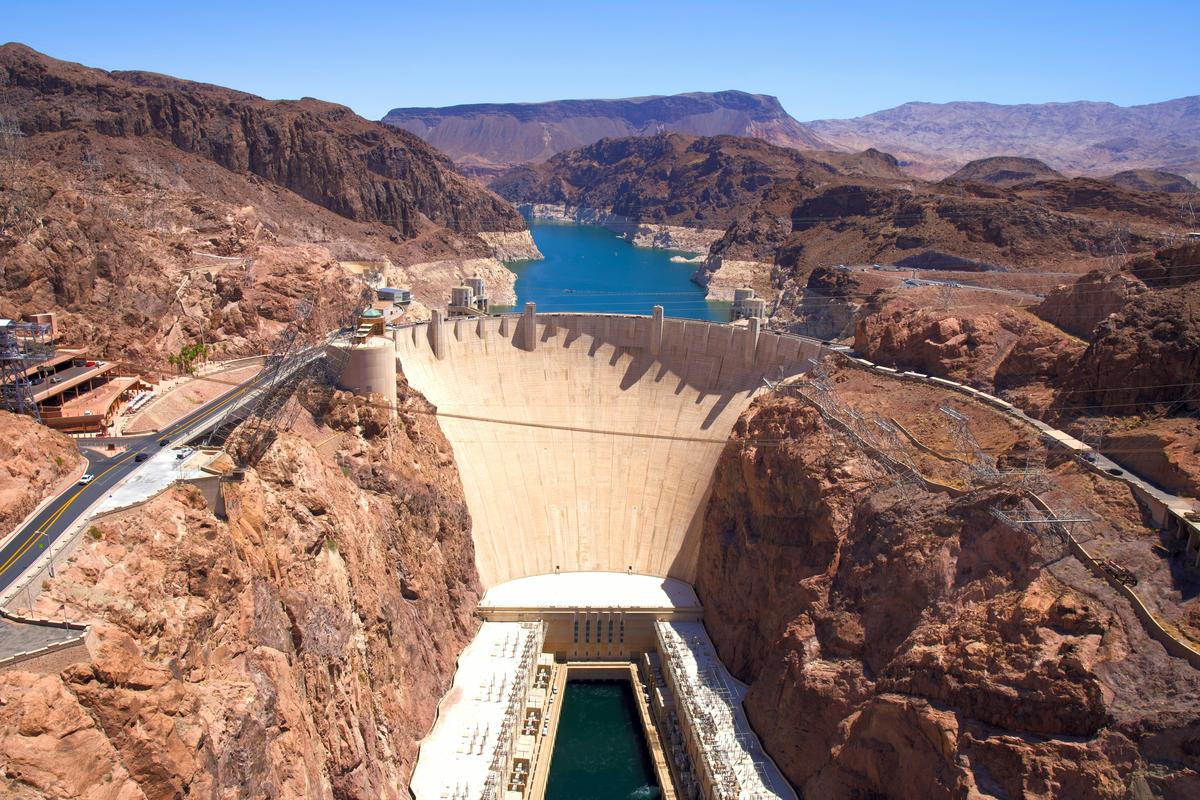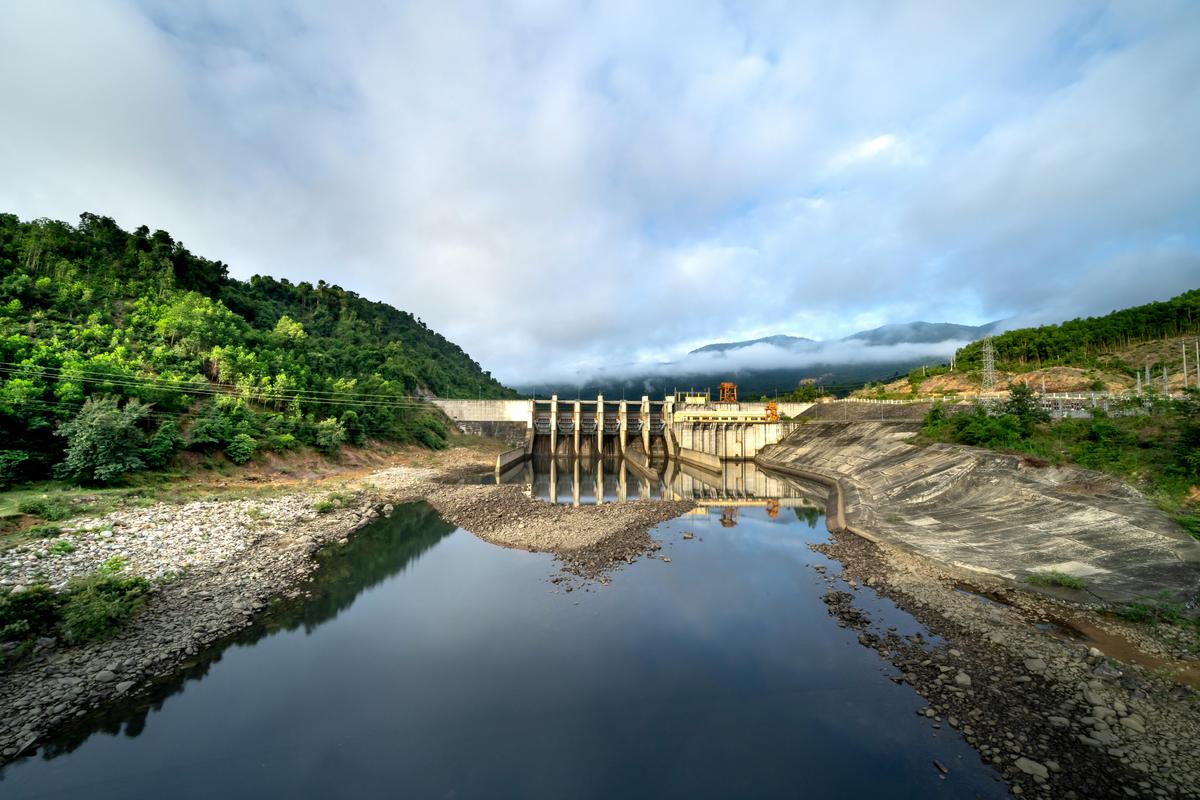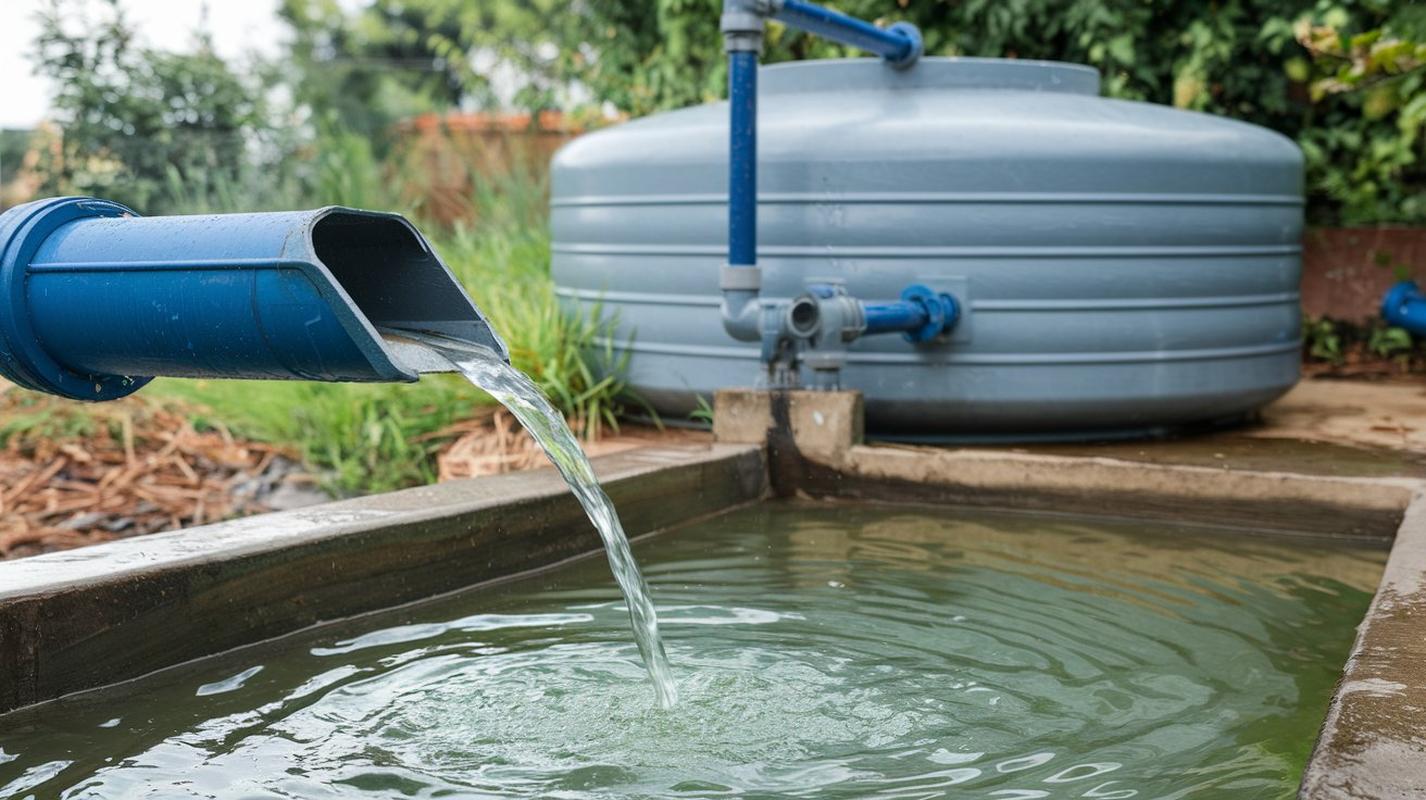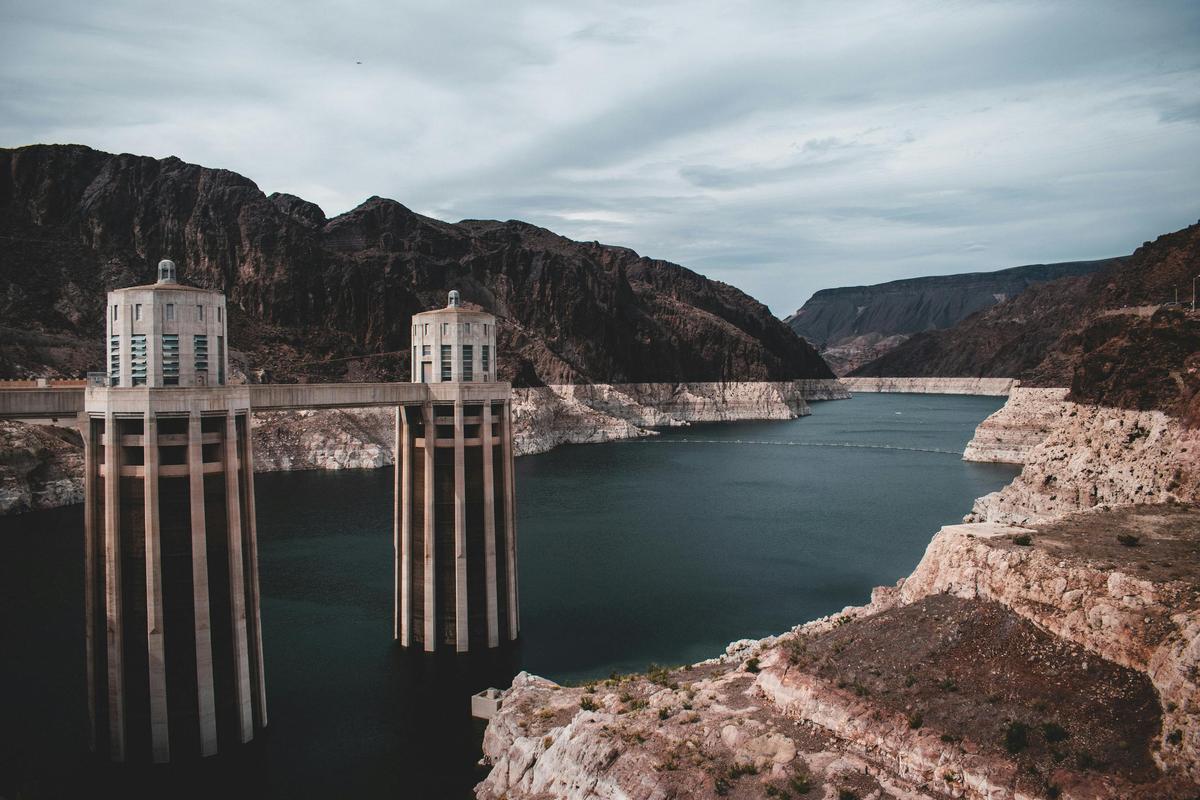Understanding the Advantages of Rainwater Harvesting
Rainwater harvesting offers a promising solution to tackle the growing global water crisis. By capturing and storing precipitation, this cool approach can provide a reliable, sustainable source of water for a variety of uses. From watering plants to flushing toilets, the ways we can use harvested rainwater are practical and diverse.
In areas where water is scarce, rainwater harvesting systems can be a lifesaver, acting as a backup when traditional water supplies are lacking. Even in places with lots of rain, these systems can help during emergencies or dry spells. Big roofs can collect a ton of rain, making rainwater harvesting a good option even in areas with low rainfall.
The money side of things is also worth mentioning. Places with high water bills will find rainwater harvesting projects more cost-effective, saving a lot of money. Plus, investing in rainwater harvesting helps countries meet their goals for water, sanitation, and hygiene (WASH) as part of the Sustainable Development Goals.
And don’t forget - with the right filters and cleaning, harvested rainwater can be made safe to drink, reducing the pressure on freshwater supplies. This flexibility makes rainwater harvesting a useful tool in the fight against water scarcity, giving communities more control over their water supply and helping them deal with environmental challenges. 1 2
 Photo by Joshua Wade on Pexels
Photo by Joshua Wade on Pexels
How Rainwater Harvesting Contributes to Sustainable Living
Rainwater harvesting offers a simple yet powerful solution to the growing water scarcity challenges faced by communities around the world. By collecting and storing rainwater, individuals and households can reduce their reliance on municipal water sources, lower their water bills, and contribute to a more sustainable future.
Rainwater harvesting systems can be as simple as a rain barrel placed under a downspout or as fancy as a network of tanks and filters. Regardless of the scale, these systems provide a reliable source of clean, soft water that is ideal for gardening, landscaping, and even indoor use. One homeowner in Central Texas says, “Harvesting rainwater has allowed us to cut our water usage by over 50%, saving us hundreds of dollars each year.”
Rainwater harvesting is an eco-friendly and cost-effective way to manage water supplies and reduce reliance on municipal water sources.
Beyond the financial benefits, rainwater harvesting also plays a crucial role in sustainable water management. By reducing the demand for groundwater resources, these systems help to replenish aquifers and prevent the depletion of this precious natural resource. Additionally, the filtration process inherent in rainwater harvesting helps to improve water quality, preventing pollutants from entering local waterways.
The growing popularity of rainwater harvesting is evident in the hundreds of full-scale systems installed in Central Texas and the thousands of rain barrels distributed through municipal incentive programs. Across the United States, an estimated 100,000 residential rainwater harvesting systems are currently in use, showing the widespread appeal of this sustainable solution.
As communities continue to deal with the challenges of water scarcity, rainwater harvesting emerges as a simple yet effective way for individuals to take control of their water supply and contribute to a more sustainable future. By embracing this innovative approach, we can collectively work towards a world where water is abundant, accessible, and responsibly managed. 3 4
 Photo by Quang Nguyen Vinh on Pexels
Photo by Quang Nguyen Vinh on Pexels
Economic and Environmental Benefits of Rainwater Harvesting
Rainwater harvesting offers a simple yet powerful solution to tackle the growing water scarcity crisis. By collecting and storing this precious natural resource, we can not only ease the strain on city water supplies but also enjoy a bunch of environmental benefits.
One of the most important advantages of rainwater harvesting is its ability to lessen the impact of stormwater runoff. In cities, where sealed surfaces like parking lots and roads dominate, up to 90% of rainwater often ends up as runoff, adding to the burden on sewer systems. By capturing this water and using it for gardening or other non-potable purposes, we can help these systems, reducing the amount of wastewater that flows through them. In Germany alone, an astounding 9.7 billion cubic meters of wastewater is generated annually, showing the scale of the problem.
Besides reducing the strain on infrastructure, rainwater harvesting also provides direct benefits to plant life. Rainwater is the preferred source of hydration for plants, as it is free of the chemicals and salts found in treated water, which can alter the soil’s chemical composition and compromise plant health. Additionally, rainwater has a balanced pH that is ideal for plant growth, whereas treated water can lead to pH imbalances in the soil.
- Rainwater harvesting can cut down on energy use and greenhouse gas (GHG) emissions.
- Rainwater harvesting can offer indirect benefits such as reducing stormwater runoff and non-point pollution.
- Financial incentives and technical support are needed to spread the technology of rainwater harvesting.
By embracing the power of rainwater harvesting, we can not only tackle the urgent challenge of water scarcity but also contribute to a more sustainable and environmentally-friendly future. In our journey forward, this simple yet effective solution has the potential to be a ray of hope in our quest for a more resilient and thriving world. 5 6
Implementing Rainwater Harvesting: Practical Tips and Solutions
Rainwater harvesting offers a practical and sustainable solution to the growing water scarcity challenges faced by communities around the world. By systematically collecting and storing rainfall, this cool approach can provide a reliable source of high-quality water for a variety of non-sensitive uses, reducing reliance on wells and municipal supplies.
On a personal level, rainwater harvesting systems can bring real economic benefits through lower water spending and enhanced water security during dry spells or supply disruptions. On a bigger scale, the perks go way beyond personal savings. Rainwater harvesting can play a key role in managing stormwater, helping to lessen the impact of floods by holding onto excess runoff. This, in turn, helps recharge underground aquifers, boosting long-term water security for whole regions.
The versatility of rainwater harvesting is truly amazing. In Amsterdam, the headquarters of Waternet has smoothly integrated rainwater collection into its infrastructure, showing how this tech can be easily added to modern urban environments. Similarly, in Kajiado, Kenya, and Orlando, Florida, innovative rainwater harvesting projects have tackled various challenges, from recharging groundwater to controlling floods.
In the end, the widespread adoption of rainwater harvesting holds a lot of promise. By empowering communities to take control of their water resources, this sustainable solution can help ease the strain on overburdened water systems, while also fostering a deeper appreciation for the value of this precious commodity. As we navigate the complexities of a water-stressed world, rainwater harvesting stands as a guiding light, showing a way towards a more resilient and self-sufficient future. 7 8
References
-
“Rainwater Harvesting Systems Technology Review” - www.energy.gov ↩
-
“Roofs Rain And Life Rainwater Harvesting Safe Water Supply And Sustainable Co Benefits” - blogs.worldbank.org ↩
-
“Why Rainwater Harvesting Is The Future Of Sustainable Living” - parachutekalpavriksha.org ↩
-
“Rainwater Harvesting Made Easy Simple Solutions For Sustainable Living” - brazos.org ↩
-
“Environmental Benefits Of Harvesting Rainwater” - scalar.usc.edu ↩

 Photo by
Photo by